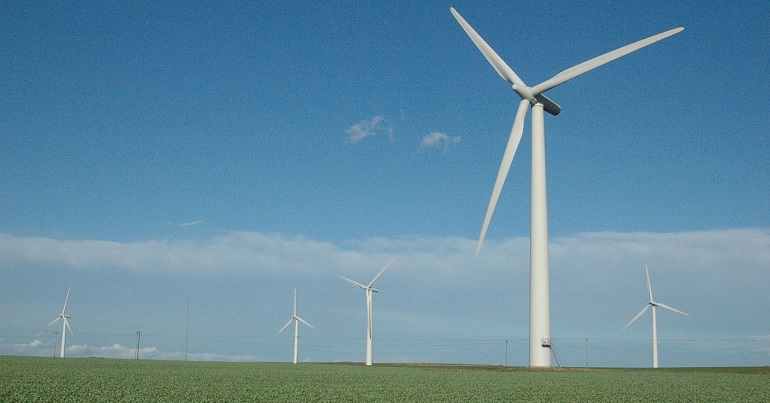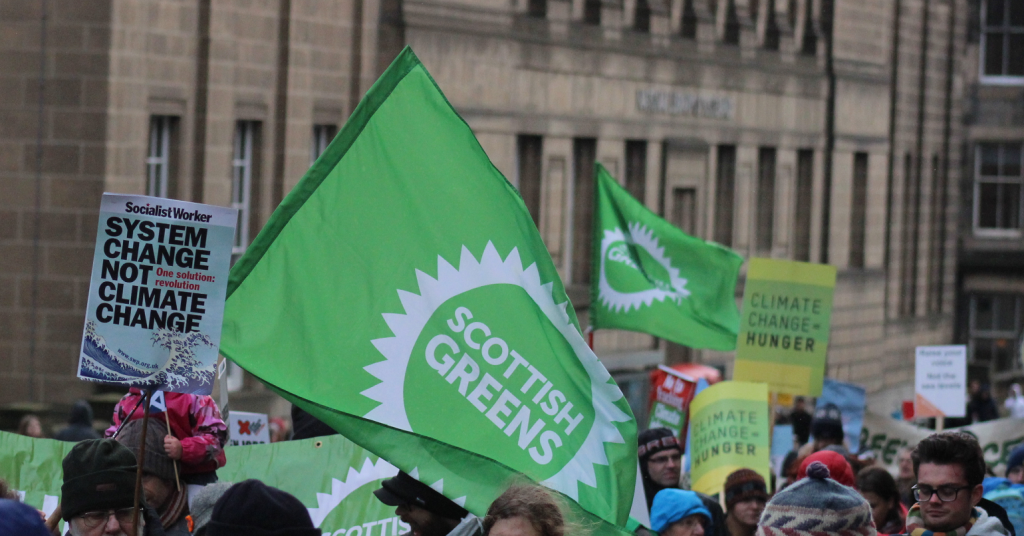Are we moving towards the energy transition we need?

At moments of crisis, societies act. This is a truth so longstanding we can see it in the bible, prophetic warnings rarely move decadent societies, disaster does. Curtailment of Russian gas and coal exports into Europe provoked such a disaster, accelerating previously glacial energy initiatives. As the first winter passes and energy prices begin to reverse many look at what has been achieved and see reasons to be optimistic about how the continent’s survived the winter certainly compared to the doomsayers of last year. Others see this very complacency as cause for concern that in the coming winter we may yet freeze again. A third group take the truly prophetic approach and look at the energy policies used to survive the winter and see a replication of this leading to our destruction.
The Optimist case
The optimist case is all over well heeled and well informed publications and think tanks. The Economist’s Europe columnist penned a piece arguing Europe has shaken off Putin’s energy weapon. The director of the IEA talks about the energy crisis turbocharging the energy transition. They have a well made point: Predictions of power cuts and economic collapse, as Russian gas was withdrawn have proven ill-founded and even the considerable weaponization of Russian energy dominance has not weakened Western support for Ukraine. German manufacturing even increased employment in some sectors, few European countries entered an outright recession, or saw a surge in unemployment. Day ahead spot prices for energy are now turning negative and retail prices seem on a downward trend.
This is in many ways remarkable. Russian gas was cut by 49% on 2022 levels, leaving a shortfall of 20% of Europe’s previous energy demand. At the same time a 1 in 500 year drought crippled hydro and the previously reliable French nuclear fleet has almost 50% of it’s capacity offline.
Ember’s Weathering the Winter report outlines some of the key elements that allowed Europe’s surprising success. One of the first elements is luck. This came in two forms. First, China’s Covid lockdowns in 2022 dragged down it’s demand for Liquid Natural Gas (LNG) by 20%, allowing many shipments to be diverted to Europe. Second, November was unseasonably mild and windy pushing down gas demand and allowing the injection of this LNG into storage. By the first cold snap in December, storage was considerably above the five year average.
The other element this report highlights is where past European policy has born results. Wind and solar considerably increased partly as a result of new capacity coming on stream. The European response was mercifully free of many of the elements that could have exasperated the crisis, no country tried to horde energy. This allowed the UK’s additional LNG refining capacity to flow to Europe in November, while energy flowed the other way later in the winter to make up for UK’s lack of gas storage and generation capacity.
However, the key element, illustrated by the report, is the massive role played by demand response. This was particularly at peak times. In part it was a response to price, but also calculated incentives as 19 European countries launched energy saving campaigns. There were also examples of accelerated structures such as the UK national grid scheme for payments to customers who cut their demand during times when demand and supply theoretically dangerously converged. Indeed the success of many of these approaches can be seen in the merge use of much of the backup capacity acquired for the winter. The UK national grid paid £420 million for four coal plants to be on standby and only used two.
The crisis has also converged in a European policy consensus on the need to end reliance on Russian gas, an approach that can only be achieved though continental roll out of renewable energy, efficiency measures and storage (and probably nuclear).
Heading into next winter those looking to be optimistic should be encouraged that:
- The drought is unlikely to reoccur
- French nuclear capacity is recovering (even as German plants go offline)
- More LNG refining facilities exist
- More wind and solar will come online
- Countries will have had a year to build out more renewables, insulate homes, prepare business
Reasons to be pessimistic
In the last few years one European country has reliably provided fuel for miserabilists. The UK does disappoint.
In the prophetic books of the Old Testament, the Israelites act and repent when presented with evidence of their onrushing doom but when the crisis passes, they fall back to the behaviour that led to the problem in the first place. The UK barely bothered with repenting.
Aspirants to high office spent their time calling for less domestic energy production. Rates of home insulation improvement remained inadequate. Ministers spent their time re-announcing nuclear plans that were unoriginal in 2009 and have been unfulfilled since then, and calling for new investment in North Sea that even big oil seems wary about. Meanwhile, the large regulatory issues and funding for energy transition linger unanswered and often unacknowledged.
The UK has Europe’s problems writ large. European countries are still squabbling over permitting reforms and responses to the USA’s massive renewable investment while failing to secure sufficient LNG for the coming winter.
Meanwhile it is likely that some of the luck that benefited the continent over the last year will not be sustained. China’s economy and energy demand is recovering. Such a favourable start to the winter seems unlikely – and to this day some Russian gas flows to Europe though war torn Ukraine. What if Russia cut it off entirely?
A major reason for pessimism concerns the uncertainty around government support programmes. Across Europe nearly €800bn was contributed to government support programmes. In the UK there was:
- Cost of living payment to universal credit recipients
- £400 off to all electricity paying households
- £150 council tax rebate
- A energy price cap costing £27 billion.
However, it seems likely even with energy prices still likely to be double where there were two years ago much of the support will be missing. This is where we move from fearing a darker and colder tomorrow to fearing today will look a lot like tomorrow.
The prophetic doom
In many of the prophetic books the doom comes not from the random vengeance of a deity. It comes from the failures and injustices of the society of the prophets see around them, a society that in it’s own failing is bringing on it’s own destruction.
The optimist case argues it is quite probable that this crisis will turbocharge the energy transition to a cleaner Europe. It is probable that elites hold the line against Putin’s blackmail and maintain sanctions. However, it will be one of the worst possible energy transitions – indeed, it will be far from the just transition that has lately become a mantra.
European acquisition of LNG directly led to blackouts in countries unable to match their former colonisers in a bidding war for energy. Meanwhile European countries aligned with dictators to secure gas supplies.
The dark side of the demand reduction is that many choose between heating and eating. Rising prices caused living standards in the UK to drop with most of that borne by the poorest in society, as the prospect of managing on merge benefits became impossible. Early statistical evidence suggests the proportion of the population in poverty rose above 20%. To cope, indebtedness rose and savings evaporated. This was even with the government support scheme.
However, the political pressure, to continue this support is abating as Westminster commentators come to accept these prices as the new normal. It is also felt unevenly with the Resolution Foundation finding the gap between the price rise for those at the bottom end of the income scale and those at the top, is at five percentage points, larger than any time on record.
This is an energy transition that is both highly colonial and also built off the backs of the poorest. If this is the vision of how the energy transition looks in the future it indeed looks somewhat like climate deniers have suggested – ‘colder and poorer’. The failures and injustices within it dooming it to failure and society to destruction.
The inevitable corollary of this is that it does not need to be this way. Dull reports and inspiring politicians have argued that cheaper, cleaner energy could make society better. Interesting thinkers used this crisis to make the case for guaranteed incomes and energy as a right. Optimistic hope could come to fruition, hopefully before we freeze.
PS. We hope you enjoyed this article. Bright Green has got big plans for the future to publish many more articles like this. You can help make that happen. Please donate to Bright Green now.
Image credit: Tom Corser – Creative Commons




Leave a Reply